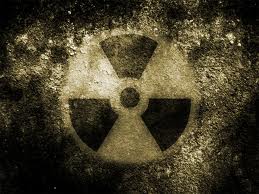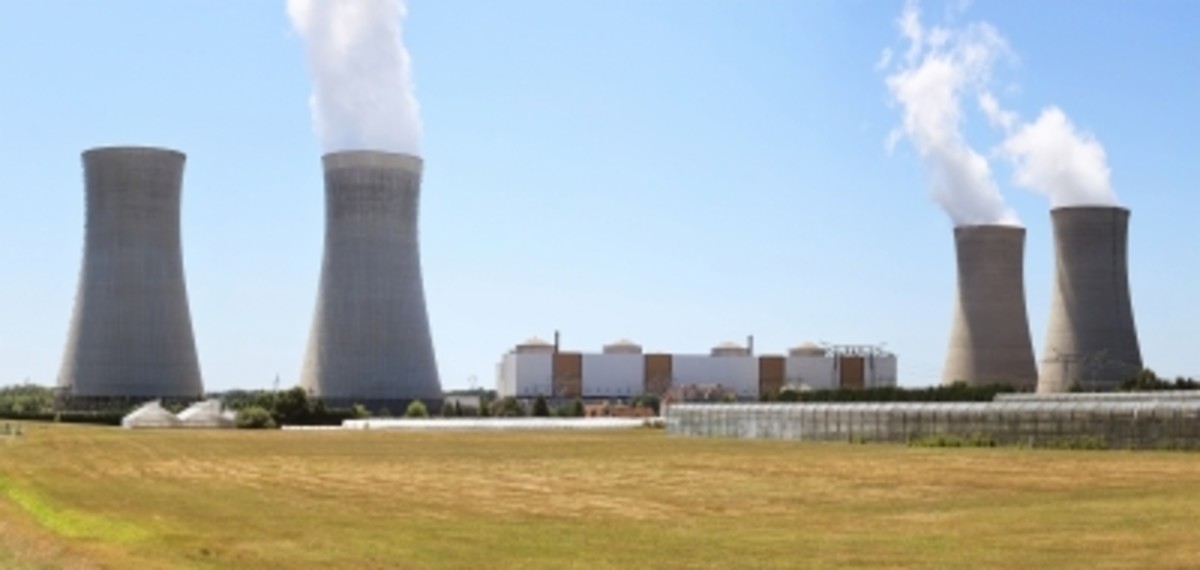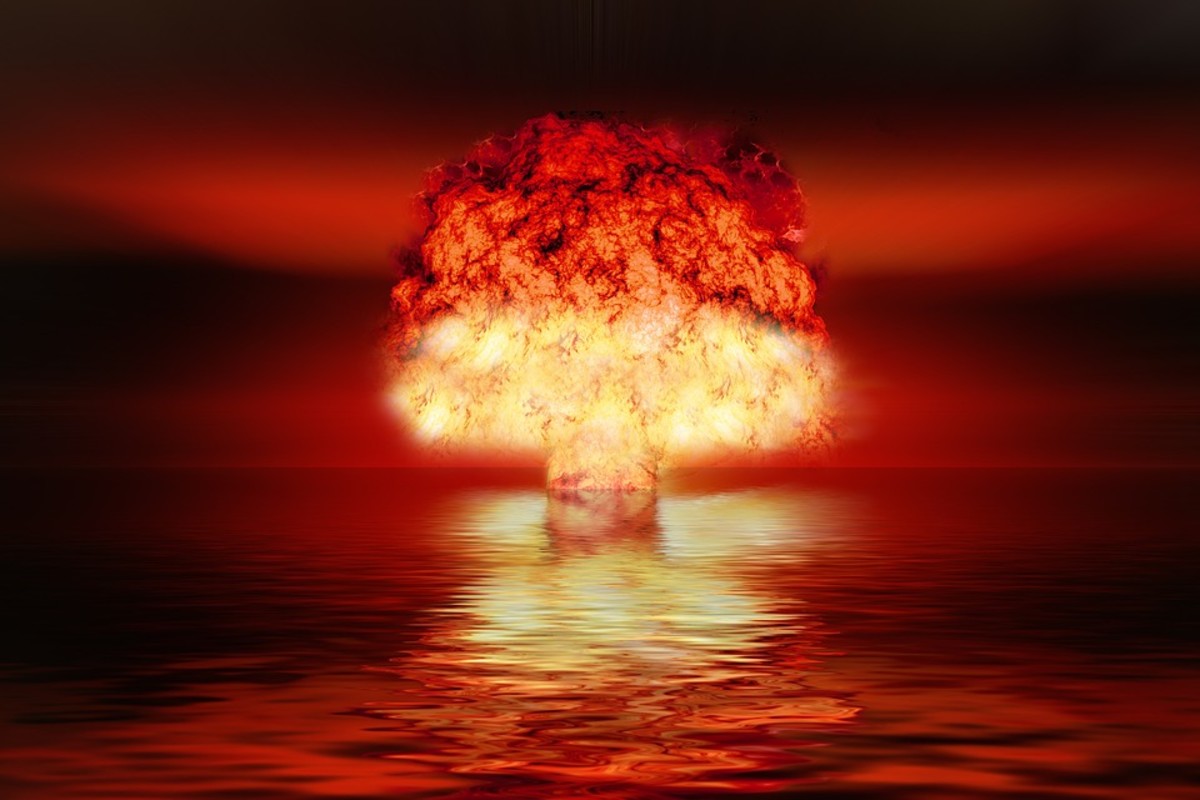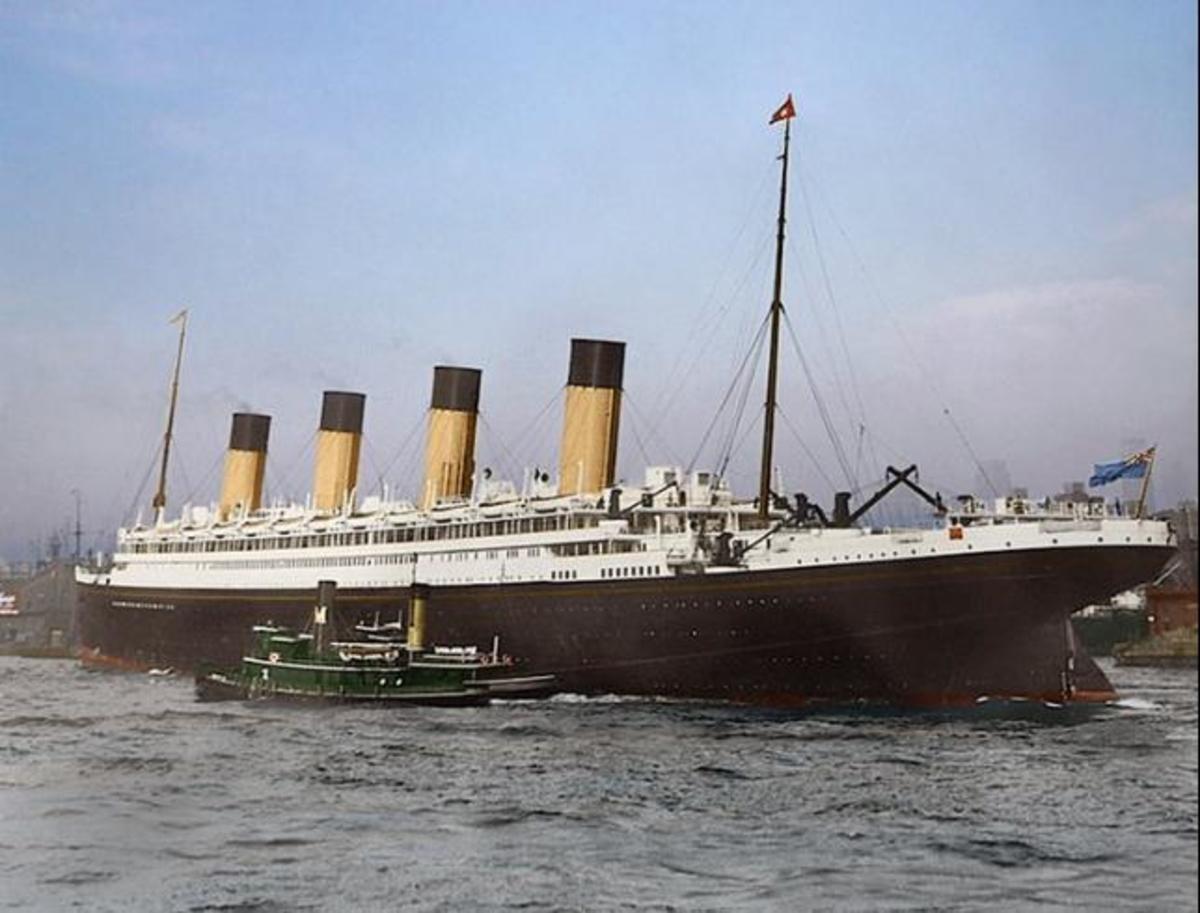Nuclear Power

Introducing Nuclear Power
World energy consumption is rising by 3 per cent annually placing more demand on existing power supplies. The Kyoto protocol gives developed countries legally binding targets for reduced emissions, which encourages countries to lessen their dependencies on fossil fuel power stations. Generating power using fossil fuels has many negative environmental impacts. Coal powered power stations produce greenhouse gases thought to contribute to global warming, they are not very efficient and can contribute to respiratory conditions. Alternative power sources include tidal, solar, biomass, geothermal and nuclear. These may not be cost effective, reliable, consistent or practical due to geographical constraints.
What is nuclear power?
Nuclear Fission
Nuclear energy is the energy that is stored in atoms of uranium. The energy can be released as thermal energy, due to splitting the atoms in a reactor, which is called fission. Nuclear fission is the reaction that is used in nuclear power stations to release energy. A moving neutron hits a uranium nucleus, which splits. This results in two nuclei, neutrons and energy. The neutrons then split more atoms of uranium, which releases more thermal energy in a chain reaction. This energy is then captured, and used to make electricity.
Nuclear Fusion
During nuclear fusion, the atomic nuclei are fused together instead of split apart. Deuterium and tritium are the fuels used for nuclear fusion, which produces a neutron, helium and energy. Currently nuclear fusion cannot be used in power stations, but in the future, it could be employed once a significant amount of energy can be released from the process. A major factor holding development of this process back is the high costs involved. However, once this process is fully understood and developed a vast amount of energy could be produced.
Einstein’s equation E=mc2 explains where the energy comes from. If the mass of an atom after a reaction is less than it was before the reaction, some of the mass must be converted into energy.
Nuclear Power Plants
In order to generate power through nuclear fission more than 400 nuclear power plants have been constructed globally, producing around 17% of the world’s electricity. The reactor, which produces heat, comprises of a core, a moderator, control rods, a coolant, and shielding. The core of the reactor contains the uranium. Generally, reactors operate in the following way.
The neutrons produced by fission travel fast, in most reactors, are deliberately slowed down by a moderator. Slow neutrons are more likely to cause fission upon collision with the nuclei of U-235 and maintain the reaction. A moderator comprises of light atoms, graphite and water are usually used. Control rods are put into the reactor’s core to have more control of the chain reaction. When the rods are inserted, they absorb neutrons, which slow the reaction, and when they are pulled out the reaction speeds up. Fissions happening in the reactor generate a large amount of heat. A coolant, either liquid or gas, carries the heat to a boiler to make steam. There is a two-metre steel and concrete casing around everything, to stop radiation escaping.
Types of Reactors
Many types of reactors have been developed which adopt slightly different approaches to the same principle. The most common types of reactors are the pressurised water reactor and the boiling water reactor.
Boiling Water Reactors (BWR) heat water in the core and allow it to boil into steam; this goes to the turbine outside the reactor.
Pressurised Water Reactor (PWR) the water stays under pressure to keep it from boiling even under temperatures as high as 300 degrees C. This pressurized water is pumped through a closed system of pipes known as the primary circuit. Heat from this warms the water in the secondary circuit. The water in the secondary circuit boils and the steam from this makes the turbine turn. The water in the primary circuit goes to the core of the reactor after it has lost some heat.
A Candu reactor is an example of a Pressurised Heavy Water Reactor (PHWR). Fuel assemblies are placed horizontally in a calandria, which is a tank. Heavy water coolant is pumped through tubes containing the fuel assemblies to pick up the heat generated from the nuclear reaction. The coolant then moves to the steam generators to produce steam from ordinary water and back to the reactor. Heavy water is a rare form of water and is the most effective moderator used in nuclear reactors to maintain continuous fissioning. Ordinary water is a combination of one oxygen atom and two hydrogen atoms (H2O). Heavy water is virtually identical to ordinary water, except each of the hydrogen atoms have an extra neutron. This hydrogen isotope is called deuterium. Since heavy water (D2O) has most of the extra neutrons it wants, it slows neutrons in the reactor without absorbing many of them. The advantage of heavy water is that it allows unenriched uranium to be used as fuel. This means that two steps are removed from the conversion process, making the fuel source more economical.
Gas Cooled Reactors (GCR) and Advanced Gas Cooled Reactors (AGR) use carbon dioxide as a coolant to carry the heat to the turbine, and graphite as a moderator. A graphite moderator allows natural uranium (GCR) or slightly enriched uranium (AGR) to be used as fuel.
The Light Water Graphite Reactor (LWGR) is a hybrid design using ordinary water (light water) as the coolant and graphite as the moderator, with individual fuel channel cooling.
The Fast Breeder Reactor (FBR) has a core of plutonium surrounded by rods of U-238. The U-238 nuclei absorb neutrons from the core, these are then transformed into plutonium (P-239). For every four atoms of plutonium that are used up in the core of the breeder, five new plutonium atoms are made from the U-238. FBRs “breed” plutonium. Fast breeder reactors work at such a high temperature that they need a special coolant like liquid sodium. They are also not equipped with a moderator to slow down neutrons, which is why they are called “fast” breeders.
It is possible to design a fast reactor that makes enough plutonium while it is running to replace the plutonium that is consumed. Once one fast reactor has been built, others can be bred with no need for new fuel to be manufactured apart from in the fast reactors. A commercial application this type of reactor is estimated to be 30 to 40 years away. Fast reactors are being developed mostly in Japan, France and Russia.
High temperature gas cooled reactors (HTGR) are an alternative to light water cooled and moderated reactors. They have graphite as the moderator and helium as the coolant. A concept called a pebble bed reactor uses a fuel made of tennis-ball sized spheres. Each “pebble” contains thousands of tiny “kernels” comprising of enriched uranium and graphite pressed together and coated with a temperature resistant ceramic. The pebbles are stacked in the reactor.
Nuclear Fusion Reactor
Nuclear Fusion takes place continuously in the sun and stars. When replicated on earth a reaction occurs between the nuclei of the two heavy isotopes of Hydrogen, Deuterium and Tritium. Eventually reactions only involving Deuterium or Deuterium and Helium could be used. Over 100 Million degrees C is required for the Deuterium and Tritium fusion. The fuel has to change state from gas to plasma.
The fuels that are needed for nuclear fusion are deuterium, tritium and lithium. There is a vast supply of deuterium as it can be extracted from water. There is also a large supply of lithium in the earth’s crust. Tritium does not occur naturally but it can be manufactured from Lithium.
Plasma consists of two types of charged particles, ions and electrons; magnetic fields can be used to isolate the plasma from the vessel walls. In a magnetic field, the particles readily spiral along the field lines but diffuse only slowly across them.
The most promising of magnetic confinement systems in development are toroidal meaning ring shaped, the most advanced one of these is the Tokamak. In a Tokamak, plasma is heated in ring shaped vessel and kept from the vessel walls due to magnetic fields. The Tokamak's magnetic confinement system consists of a toroidal field (ring shaped), produced by coils around the vacuum vessel and a poloidal field (meaning it has a vertical component) produced by a current in the plasma, induced by transformer action. The plasma is shaped and controlled by coils.
In order to have a fusion reaction there must be a high temperature; of over 100 to 200 million ºC is needed for the Deuterium-Tritium reaction. Also hot plasma must be kept away from material surfaces to avoid cooling the plasma and releasing impurities that would cool the plasma. The Energy Confinement time is critical, to measure the efficiency of the magnetic insulation. It is the time scale for plasma cooling once the heat source is removed. The Energy Confinement time is 1 to 2 seconds for the Deuterium and Tritium reaction. The density of the fuel ions must be large enough for fusion reactions to take place at the necessary rate. The fusion power generated is lowered if the fuel is diluted by impurities from surrounding material surfaces or by the accumulation of helium ash from the reaction. As fuel is burnt, it needs to be replaced by new fuel and the helium ash removed.iv
The two largest Tokamaks are Joint European Torus (JET) in the UK and the tokamak fusion test reactor (TFTR) in Princeton, USA.
Advantages of nuclear power
Nuclear fission advantages
Nuclear fission is a cleaner option than burning fossil fuels. No greenhouse gas emissions are released into the atmosphere, does not contribute to global warming or acid rain. In the United Kingdom alone Nuclear power plants saves the emission of more than 50 million tonnes of CO2 yearly.v Nuclear power generation differs from other forms of non-renewable energy generation in that, the producers closely monitor and contain emissions and waste.
There are fewer deaths per MWe than fossil fuel based power stations.
Explosions are not possible in fusion or fission based reactors, which makes them safer in this respect than fossil fuel based power stations.
Nuclear fission produces highly reliable and efficient power. A medium sized nuclear reactor produces 1000 MWe and about 25 tons of used fuel. Approximately 97% of this waste fuel can be reprocessed.
It is a relatively cost effective, alternative power source in the long term.
Nuclear fusion advantages
Nuclear fusion is cleaner than burning fossil fuels to produce energy.
Explosions are not possible in a nuclear fusion reactor. If the reactor malfunctions it quickly shuts down again.
The
Link List
- Read about the work European Organization for Nuclear Research do.
CERN - EDF Energy
Read about the UK's potential energy gap. - MIT
Read more about Nuclear Energy





